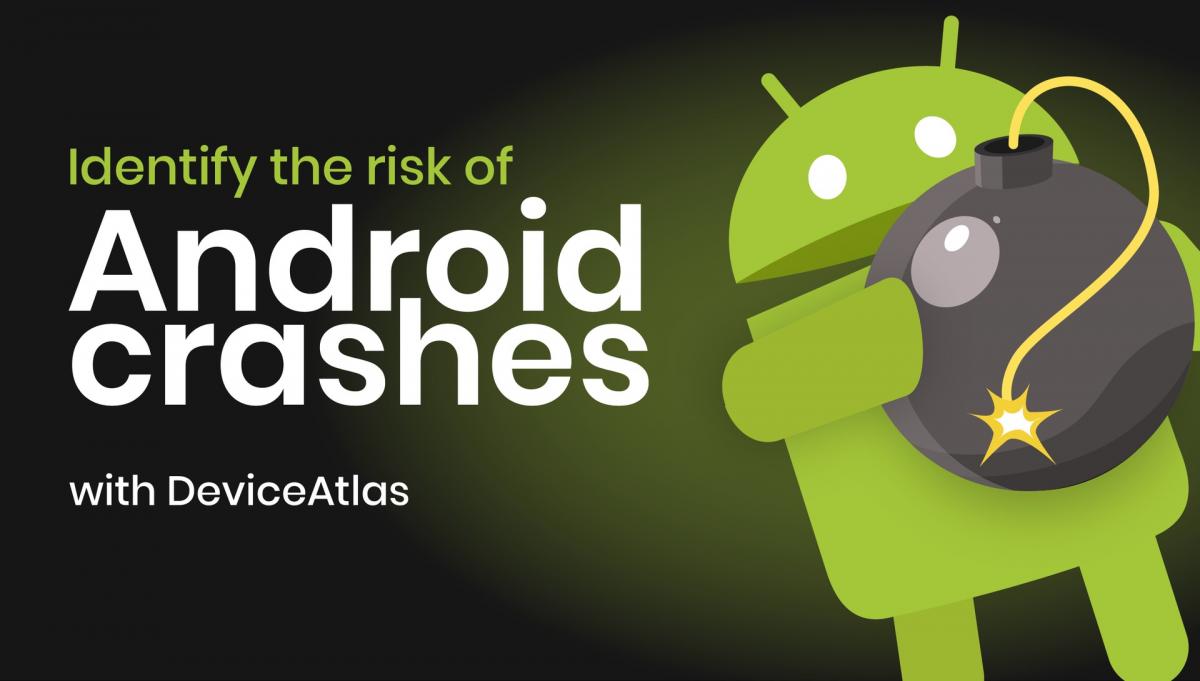
Introduction
Today, customer experience is key within the OVP landscape. Leading video publishers maintain multiple (sometimes many) versions of their content, with different encoding. How this content is delivered to an individuals device is based on a number of complex factors surrounding
device capabilities. Content format decisions such as bit rate, frame rate, codec can be tailored to these capabilities. An incorrectly tailored piece of content can result in a poor user experience at best, and at worst a full scale app crash. Android apps in particular are prone to crashing if the video is not formatted correctly. An Android app crashes whenever there is an unexpected exit caused by an unhandled exception or signal. These crashes are often frustrating for end users and can result in churn which can be a killer in such a highly competitive industry.
If an app crashes, there can be severe consequences for your brand that you may not find out before it’s too late.
The dangers of a high rate of Android app crashes
An
unstable app experience will lead to a fall-off in customers and low retention rates will result in a drop in revenue. The
Crittercism “Extending the Mobile Enterprise” report found that consumers will uninstall an app if its performance is substandard and replace it with a competitor's one. That means that organisations will quickly lose a key demographic if their mobile app doesn't offer a seamless user experience. There is also a risk of
poor app reviews and brand damage resulting from a high crash rate.
App crashes are particularly damaging during financial transactions. A disruption in service can destroy buyers’ trust as well as being an avoidable loss of a prospective sale. When customers lose faith in a financial service, there is little that can be done to retrieve it.
There are many different reasons why an Android app could crash, but regardless of the underlying cause, the main focus should be to equip developers with the information to work out what the problem is, and that means capturing as much information as possible.
How can DeviceAtlas help?
Leading video publishers and OVPs use DeviceAtlas to optimise the format of content served based on the capabilities of the user’s device. Since the device governs the quality of the user experience, knowledge of the device is vital in assuring optimal outcomes and preventing app crashes. By utilising DeviceAtlas’ solutions to correctly identify and characterise the devices your users are accessing your content on, we can help you deliver a seamless and stable user experience. DeviceAtlas gives you 200+ property points for each device. This information can then be queried to look for patterns of failure, for example, perhaps the app crashes only on devices with 6" screens or only on low-end devices, or on devices released in 2014, or only on set top boxes, or only on compromised or non-authentic phones.
So rather than dealing with a stream of random crash data, you can look for correlations using device data populated by DeviceAtlas. A reproducible bug is almost a fixed bug and DA can help isolate the problem to a particular class of devices.
Considering that Android devices account for
71.09% of the mobile market share, it’s imperative that your apps are optimised to avoid disruptive crashes. DeviceAtlas helps you mitigate this risk, offering a robust solution that addresses this serious problem at its root level.
Our patented technology provides a common device identifier to understand device traffic across all web, native app and mobile operator environments. DeviceAtlas is the only solution that provides the same deep intelligence in the native app environment that it provides in the web environment, providing a consistent view across all channels empowering OTT video providers to maximize their quality of experience.
Sign up for a free trial now to find out how we can help you to mitigate the threat of a high rate of Android app-crashes by using rich device data to optimize your content correctly.





